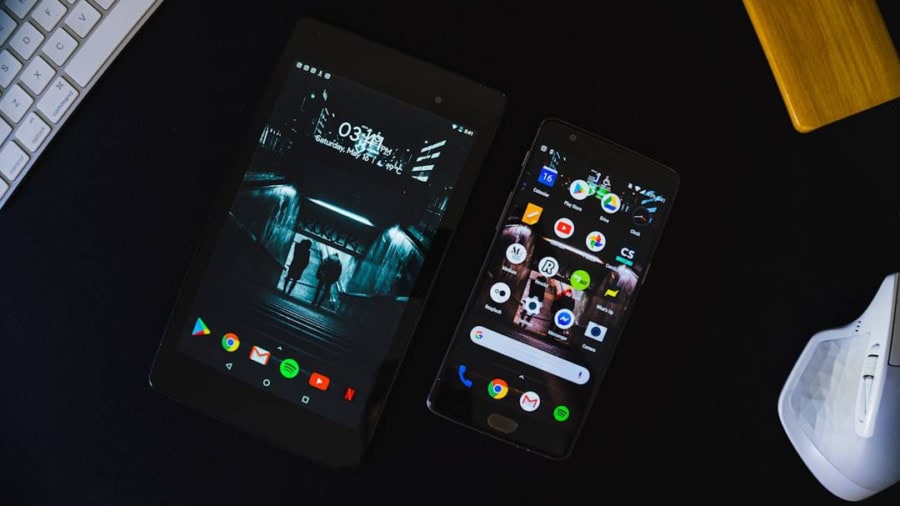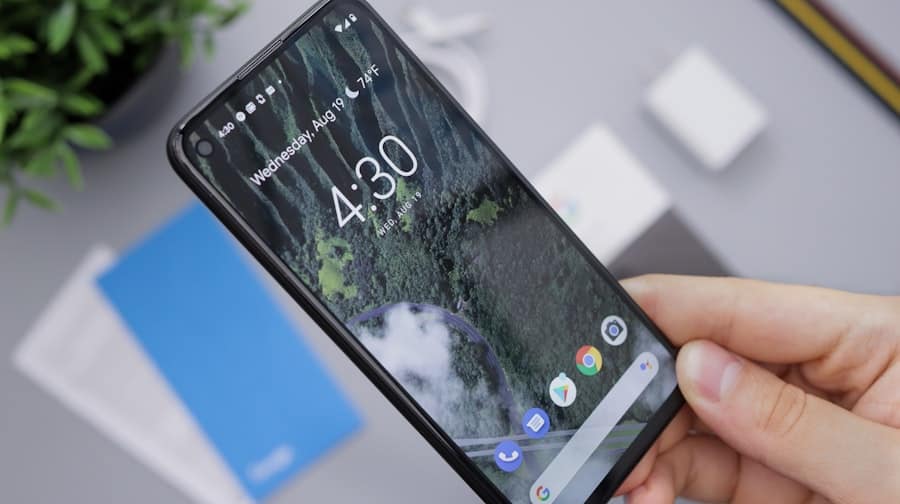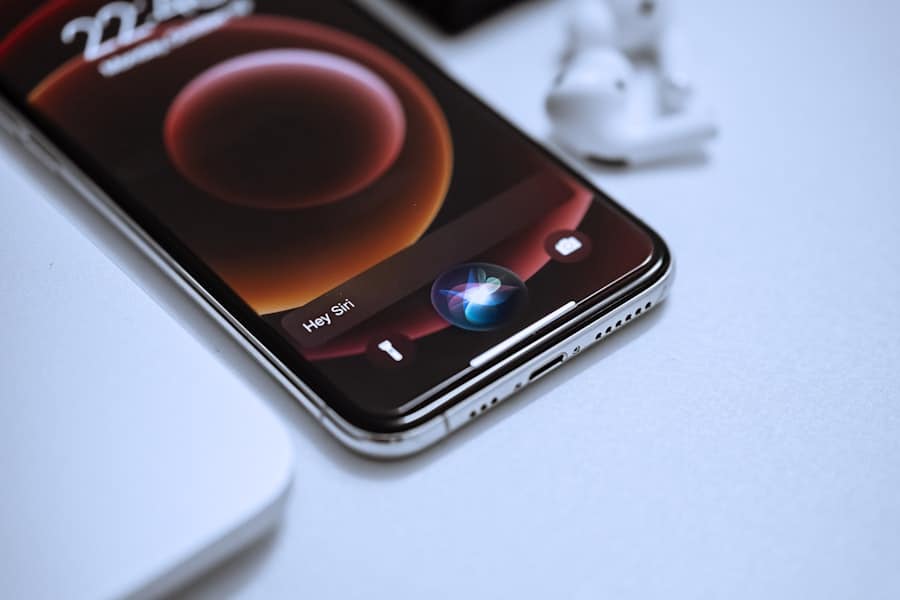The integration of smartphones with the Internet of Things (IoT) has undergone a remarkable evolution since the inception of mobile technology. Initially, smartphones served primarily as communication devices, allowing users to make calls and send text messages. However, as mobile technology advanced, smartphones began to incorporate features that enabled them to connect with various IoT devices.
This shift was largely driven by the proliferation of wireless communication protocols such as Wi-Fi, Bluetooth, and later, low-power wide-area networks (LPWAN). These technologies allowed smartphones to interact seamlessly with a growing array of smart devices, from home appliances to wearable fitness trackers. As the IoT ecosystem expanded, so did the capabilities of smartphones.
The introduction of app stores revolutionized how users interacted with their devices, enabling third-party developers to create applications that could control and monitor IoT devices. For instance, smart home applications allow users to manage lighting, heating, and security systems directly from their smartphones. This integration not only enhanced user convenience but also paved the way for more sophisticated automation and data analytics.
The evolution of smartphone integration with IoT ecosystems has transformed these devices into central hubs for managing a multitude of connected technologies, fundamentally changing how we interact with our environments.
Key Takeaways
- Smartphone integration with IoT ecosystems has evolved to become more seamless and interconnected, allowing for greater control and monitoring of IoT devices.
- The advent of 5G technology has significantly enhanced smartphone integration with IoT ecosystems, enabling faster and more reliable connectivity for a wider range of IoT devices.
- While smartphone integration with IoT ecosystems presents various challenges, such as interoperability and security concerns, it also offers numerous opportunities for innovation and efficiency.
- Artificial intelligence plays a crucial role in enhancing smartphone integration with IoT ecosystems by enabling predictive analytics, automation, and personalized user experiences.
- Security and privacy concerns are major considerations in smartphone integration with IoT ecosystems, requiring robust measures to safeguard sensitive data and prevent unauthorized access.
- Smartphones have the potential to act as central hubs for IoT devices, providing a convenient and accessible platform for managing and controlling various connected devices.
- The future of wearable technology lies in its seamless integration with smartphones and IoT ecosystems, offering enhanced functionality and connectivity for users.
- Standardization and interoperability are essential for ensuring seamless integration of smartphones with IoT ecosystems, enabling different devices and platforms to work together effectively.
The Impact of 5G Technology on Smartphone Integration with IoT Ecosystems
The advent of 5G technology marks a significant milestone in the integration of smartphones with IoT ecosystems. With its promise of ultra-fast data transfer speeds, low latency, and the ability to connect a vast number of devices simultaneously, 5G is set to revolutionize how smartphones interact with IoT devices. One of the most notable impacts of 5G is its capacity to support real-time communication between smartphones and IoT devices.
This capability is particularly crucial for applications that require immediate feedback, such as autonomous vehicles or remote surgery, where delays could have serious consequences. Moreover, 5G technology enhances the potential for edge computing, where data processing occurs closer to the source rather than relying solely on centralized cloud servers. This shift allows smartphones to process data from IoT devices more efficiently, reducing latency and improving response times.
For example, in smart cities, 5G can facilitate real-time traffic management systems that adjust traffic signals based on current conditions, all managed through a smartphone interface. As 5G networks continue to roll out globally, the integration of smartphones with IoT ecosystems will become increasingly sophisticated, enabling new applications and services that were previously unimaginable.
Challenges and Opportunities in Smartphone Integration with IoT Ecosystems
While the integration of smartphones with IoT ecosystems presents numerous opportunities, it also comes with its share of challenges. One significant hurdle is the fragmentation of the IoT landscape. With a multitude of manufacturers and platforms, ensuring compatibility between different devices can be complex.
For instance, a smart thermostat from one brand may not seamlessly integrate with a security camera from another brand due to differing communication protocols or standards. This fragmentation can lead to user frustration and limit the overall effectiveness of IoT solutions. On the other hand, this challenge also presents an opportunity for innovation.
Companies are increasingly recognizing the need for interoperability and are developing solutions that bridge gaps between disparate systems. For example, platforms like Google Home and Amazon Alexa have emerged as intermediaries that allow users to control various smart devices from different manufacturers through a single interface.
As stakeholders work towards creating a more cohesive IoT ecosystem, the potential for smartphones to serve as effective control centers for diverse devices will only grow.
The Role of Artificial Intelligence in Enhancing Smartphone Integration with IoT Ecosystems
Artificial intelligence (AI) plays a pivotal role in enhancing the integration of smartphones with IoT ecosystems by enabling smarter decision-making and automation. AI algorithms can analyze vast amounts of data generated by IoT devices and provide actionable insights that improve user experiences. For instance, smart home systems equipped with AI can learn user preferences over time and automatically adjust settings for lighting, temperature, and security based on individual habits.
This level of personalization not only enhances comfort but also promotes energy efficiency. Furthermore, AI-powered virtual assistants integrated into smartphones can facilitate seamless interactions with IoT devices. Users can issue voice commands to control their smart home systems or query their fitness trackers about daily activity levels without needing to navigate through multiple apps.
The ability to process natural language commands allows for a more intuitive user experience, making technology more accessible to a broader audience. As AI continues to evolve, its integration with smartphone and IoT ecosystems will likely lead to even more advanced functionalities, such as predictive maintenance for connected appliances or proactive health monitoring through wearables.
Security and Privacy Concerns in Smartphone Integration with IoT Ecosystems
As smartphones become central hubs for managing IoT devices, security and privacy concerns have emerged as critical issues that must be addressed. The interconnected nature of IoT ecosystems means that vulnerabilities in one device can potentially compromise the entire network. For example, if a smart camera is hacked, it could provide an entry point for attackers to access other connected devices within the home network.
This interconnectedness necessitates robust security measures at both the device and network levels. Moreover, privacy concerns arise from the vast amounts of data collected by IoT devices and transmitted through smartphones. Users often remain unaware of how their data is being used or shared by manufacturers and service providers.
For instance, fitness trackers collect sensitive health information that could be exploited if not adequately protected. To mitigate these risks, manufacturers must prioritize security by implementing encryption protocols and regular software updates while also being transparent about data usage policies. As consumers become more aware of these issues, they are likely to demand greater accountability from companies regarding their data practices.
The Potential for Smartphones to Act as Hubs for IoT Devices
Smartphones have the potential to serve as powerful hubs for managing a wide array of IoT devices due to their portability and connectivity features. With built-in capabilities such as Wi-Fi, Bluetooth, and NFC (Near Field Communication), smartphones can easily communicate with various smart devices within their vicinity. This functionality allows users to control everything from smart lights to home security systems directly from their mobile devices without needing separate remotes or interfaces.
The concept of smartphones as hubs is further enhanced by advancements in app development and cloud computing. Users can download applications that aggregate control over multiple devices into a single interface, streamlining the user experience. For example, a single app can manage smart thermostats, lighting systems, and even kitchen appliances like refrigerators or ovens.
This centralization not only simplifies device management but also enables users to create automated routines that enhance convenience—such as setting the thermostat to adjust when they leave work or turning off lights when they go to bed.
The Future of Wearable Technology and its Integration with Smartphone and IoT Ecosystems
Wearable technology is poised for significant growth in its integration with smartphones and IoT ecosystems in the coming years. Devices such as smartwatches, fitness trackers, and augmented reality glasses are becoming increasingly sophisticated, offering features that extend beyond basic functionality. For instance, modern smartwatches can monitor heart rates, track sleep patterns, and even provide ECG readings—all while maintaining seamless connectivity with smartphones for notifications and data synchronization.
The integration of wearables with IoT ecosystems opens up new possibilities for health monitoring and personal wellness management. Wearable devices can collect real-time health data that can be analyzed through smartphone applications or cloud-based platforms. This data can then be shared with healthcare providers for remote monitoring or used to trigger alerts in case of abnormal readings—such as notifying emergency services if a user’s heart rate exceeds safe levels during exercise.
As wearable technology continues to evolve alongside advancements in smartphone capabilities and IoT connectivity, we can expect a future where personal health management becomes increasingly proactive and personalized.
The Importance of Standardization and Interoperability in Smartphone Integration with IoT Ecosystems
Standardization and interoperability are crucial factors in ensuring the successful integration of smartphones with IoT ecosystems. As the number of connected devices continues to grow exponentially, establishing common protocols and standards becomes essential for seamless communication between different systems. Without standardization, users may face challenges when trying to connect devices from various manufacturers or platforms—leading to frustration and limiting the overall potential of IoT solutions.
Industry consortia such as the Connectivity Standards Alliance (CSA), formerly known as the Zigbee Alliance, are working towards creating unified standards that promote interoperability among diverse devices. Initiatives like Matter aim to simplify device connectivity across different ecosystems by providing a common application programming interface (API) that manufacturers can adopt. By fostering an environment where devices can communicate effortlessly regardless of brand or platform, standardization will enhance user experiences and drive broader adoption of IoT technologies.
As stakeholders collaborate on these efforts, the future landscape of smartphone integration with IoT ecosystems will become more cohesive and user-friendly.
If you are interested in the latest technology trends, you may also want to check out TrustedReviews provides expert reviews of the latest. This article offers valuable insights into the newest gadgets and devices on the market, which can complement your understanding of smartphone integration with IoT ecosystems. Stay informed about the best software and hardware options available in 2023, including the top Toshiba laptops, by visiting The Best Toshiba Laptops 2023.
FAQs
What is IoT integration with smartphone ecosystems?
IoT integration with smartphone ecosystems refers to the ability of smartphones to connect and communicate with various IoT devices and systems, allowing users to control and monitor their smart devices from their smartphones.
How does smartphone integration with IoT ecosystems benefit users?
Smartphone integration with IoT ecosystems allows users to have centralized control over their smart devices, enabling them to manage and monitor their connected devices from a single interface. This can lead to increased convenience, efficiency, and automation in daily tasks.
What are some examples of IoT devices that can be integrated with smartphones?
Examples of IoT devices that can be integrated with smartphones include smart thermostats, smart lighting systems, smart security cameras, smart appliances, and wearable devices such as smartwatches and fitness trackers.
What are the challenges of smartphone integration with IoT ecosystems?
Challenges of smartphone integration with IoT ecosystems include compatibility issues between different devices and platforms, security and privacy concerns, and the need for seamless connectivity and interoperability among various IoT devices and smartphone operating systems.
How is the future of smartphone integration with IoT ecosystems evolving?
The future of smartphone integration with IoT ecosystems is expected to involve advancements in interoperability standards, improved security measures, and the integration of artificial intelligence and machine learning capabilities to enhance the functionality and automation of connected devices. Additionally, the proliferation of 5G technology is expected to further enable seamless connectivity and communication between smartphones and IoT devices.



